Chapter 4 Market Structure
Prefect Competition 完全竞争
• Many small independent producers and consumers.
• 有很多小的独立的卖者和买者
• No market power
• 没有市场力量
• Firms produce a standardized / identical / homogeneous / the same product
• 各个卖方提供的物品大体上是相同的
• No barriers to entry or exit
• 企业可以自由的进入或退出市场
• Firms are Price Takers
• 公司是价格的接受者
Demand Curve 需求曲线
• The demand curve is horizontal, or perfectly elastic, and also is MR = D = AR = P.
• 每一家公司的需求曲线是一个水平的完全弹性的线,并且 MR = D = AR = P
Perfect competition in the short run 短期的完全竞争
经济利润 = TR - TC = P * Q - ATC * Q = Q * (P - ATC)
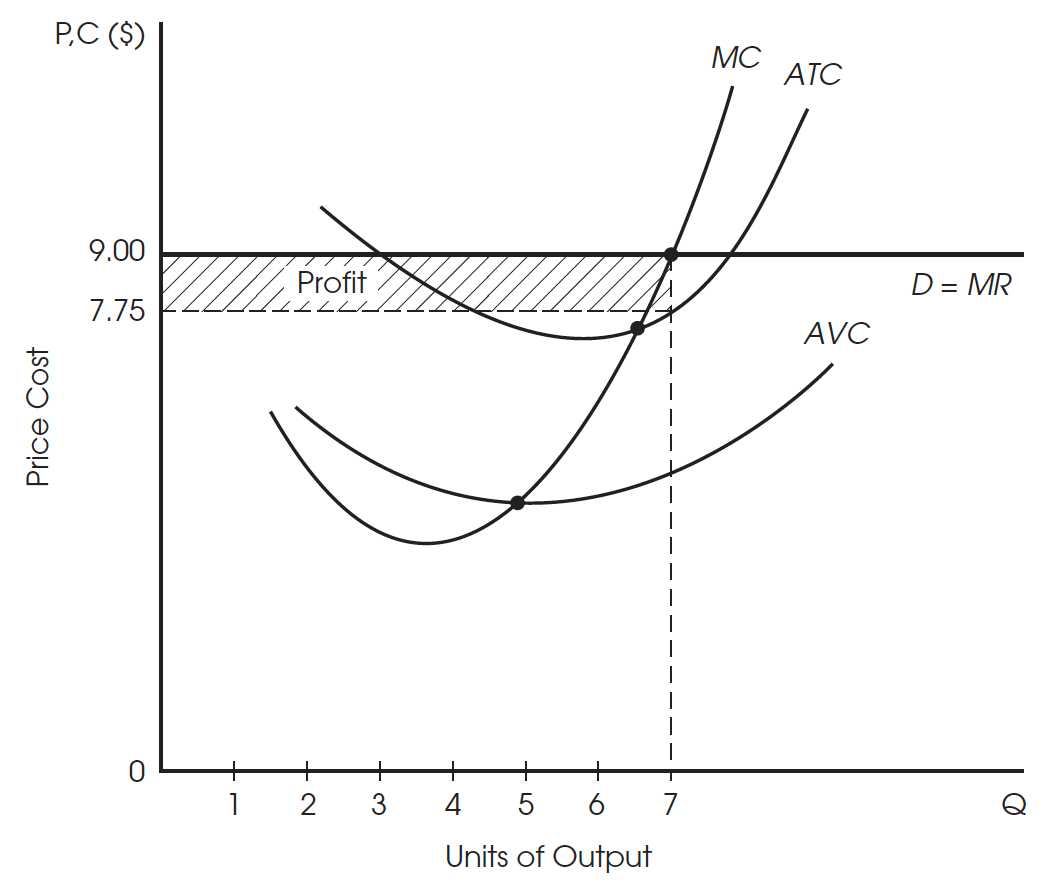
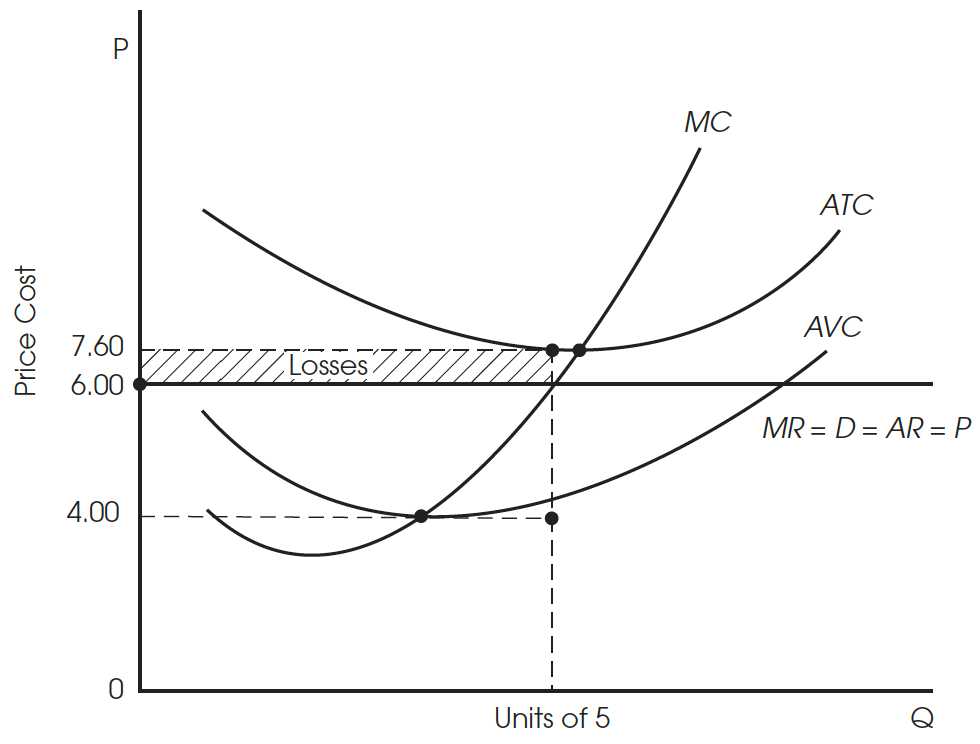
Shut-down rule 停止营业决策
• P < AVC 停止营业
• P >= AVC 继续营业
• 竞争企业的短期供给曲线是 边际成本曲线MC 位于 平均可变成本曲线AVC 以上的那一部分
Perfect competition in the the long run 长期的完全竞争
• Free entry and exit of firms lead to zero economic profits in the long run.
• 可以自由进出的市场在长期保持零经济利润
a. 盈利再经济利润为零
• 需求增加 导致价格上升 均衡点上移
• 有利可图 吸引企业进入 市场供应增加
• 新的均衡点下移 价格降低 价格回到ATC
• 最终 市场产量增加 个体生产者产出降低
b. 亏损再经济利润为零
• 均衡点价格低于ATC
• 无利可图 企业退出 市场供应降低
• 新的均衡点上移 价格上升 价格回到ATC
• 最终 市场产量降低 个体生产者产出上升
d. Long-run industry supply curve 长期供应曲线
LRS
Efficiency 效率
在完全竞争市场的长期均衡中有以下效率
• Allocative efficiency 分配效率是公司按照社会最佳数量(利益最大化)生产产品 P = MC
• Productive efficiency 生产效率是商品在最低成本的情况下被生产 P = min ATC
Monopoly 垄断
• A single producer
• 只有一个生产者
• No close substitutes
• 几乎没有替代品
• High barriers to entry – Legal barriers, Economies of scale, Control of key resources
• 高进入门槛 - 法律门槛(政府给予企业排他性的生产产品) 规模经济(某个企业能以低于大多数企业的成本生产产品) 垄断资源(生产的关键资源由单个企业所有)
• Market power
• 有市场力量
• Governments use antitrust policy to make markets more competitive
• 政府使用反垄断法让市场相对竞争
需求曲线
• Monopolies (and all imperfectly competitive firms) have downward sloping demand curves, with marginal
revenue (MR) less than demand (D = AR = P).
• 垄断企业(以及所有的不完全竞争企业)的需求曲线是向下倾斜的, MR低于D = AR = P
• A profit-maximizing monopoly will always produce in the elastic range of the demand curve and will not
produce in the inelastic range.
• 利润最大化的垄断企业总是在需求曲线的弹性范围内生产,在非弹性范围内不生产。
• MR = 0, TR max
Profit maximization 利润最大化
• 找到 MR = MC时的数量,找到在此数量时对应D的价格
Efficiency 有效性
• Allocative INEFFICIENCY: P > MC
• Productive INEFFICIENCY: P > min ATC
• Deadweight loss
• 垄断数量 < 有效数量
• 垄断者获得的利润是消费者剩余从消费者转移到企业的过程。
• 垄断导致消费者剩余的减少。
• 垄断导致生产者剩余的增加。
• 垄断比价格竞争 Q↓ P↑
Price discrimination 价格歧视
• Price discrimination is the selling of the same good at different prices to different consumers.
• 价格歧视就是把同一种商品以不同的价格卖给不同的消费者。
条件:
• 该公司有垄断定价权。
• 公司能够识别和分离消费者群体(例如,基于需求的价格弹性)。
• 该公司能够阻止消费者之间的转售
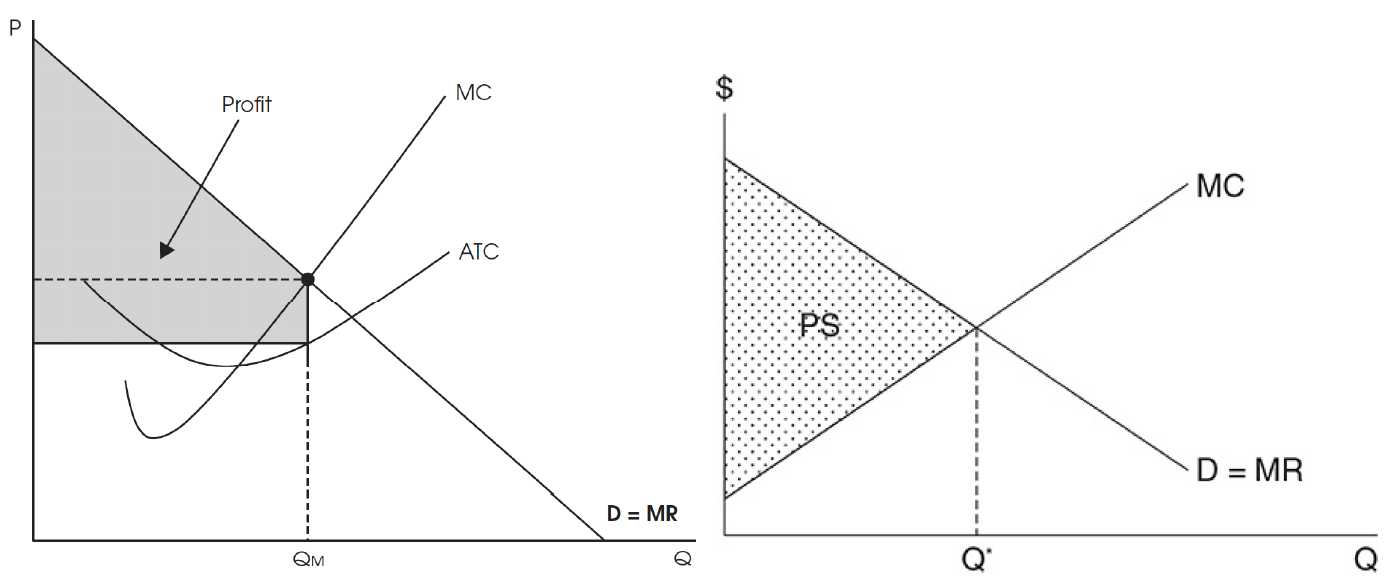
• MR = D = AR = P
• 在完全价格歧视下,垄断者生产P(MR) = MC的量
• 没有无谓损失
• 没有消费者剩余
• 利润增加
Natural monopoly 自然垄断
• Natural monopoly is a situation where there is significant cost advantage when only one firm produces in
a market.
• A firm in this situation achieves economies of scale, where LRATC continues to decrease as output
increases.
由于一个企业能以低于两个或者更多企业的成本向整个市场供给一种物品或者服务(在LRATC下降,产出数量上升的地方)而产生的垄断
• Socially Optimal Pricing 社会最优定价
P = MC的Allocatively efficient定价。然而,这个价格可能低于平均生产总成本,这可能迫使企业倒闭或需要纳税人的大量补贴。
• Fair-Return Pricing
P = ATC,让垄断企业盈亏平衡,获得正常利润。该价格高于社会最优价格,但小于不受管制的垄断价格。
• Unregulated monopoly
企业以利润最大化的数量(MR = MC) 导致 供不应求和定价过高。
Monopolistic Competition 垄断竞争
• Easy entry and exit
• Zero economic profit in the long run
• Differentiated products and non-price competition (e.g. use advertising to differentiate their products from their competitors' with the goal of increasing demand for their own products and decreasing the price elasticity of demand)
• Relatively large number of firms
• 公司可以自由进入和退出市场
• 长期中公司经济利润为0
• 产品存在差异(利用广告将他们的产品与竞争对手的产品区分开来,目的是增加对他们自己产品的需求Demand,降低需求价格弹性PED)
• 有许多卖者
Short-run profit maximization 短期的利润最大化
与垄断市场相同
Long-run adjustment 长期的调节
• Due to easy entry and exit any short-run profits will attract new firms until economic profits have disappeared, achieving zero economic profit in the long run.
• 由于进入和退出都很容易,任何短期利润都会吸引新的企业,直到经济利润消失,从长远来看经济利润为零。
• 当企业有利润时,新企业有进入市场的激励,进入增加了顾客可选择的产品数量,从而减少了市场已有的每家企业的需求,D向左移动,利润下降
• 当企业有亏损时,企业有退出市场的激励,顾客可选择的产品数量少了,从而增加了留在市场的每家企业的需求,D向右移动,利润上升
Efficiency 有效性
• Allocative INEFFICIENCY: P > MC
• Productive INEFFICIENCY: P = ATC > min ATC
• Deadweight loss
• Excess capacity 过剩产能 (垄断竞争的实际产量 Q 与 最小ATC时的Q 的差值)
Oligopoly 寡头
• A few large producers
• 只有少数几个大的卖者
• Differentiated or identical product
• 产品可能是差异化的也可能是相同的
• High barriers to entry
• 无法自由进出市场
• Mutual interdependence
• 相互依存
• Collusion (Oligopolies sometimes decide to form a cartel, which is a group of firms that act together and have a formal agreement not to compete.)
• 公司可能勾结 形成Cartel联合形成不竞争协议
Game theory 博弈论
• A firm may have a dominant strategy, where the payoff is always higher independent of the action taken by the other player.
• 一个公司可能有一个优势策略,在这个策略中,与其他参与者的行动无关,收益总是更高。
• When no player can increase payoff by unilaterally taking another action, given the other players’ actions, it is said to reach a Nash equilibrium.
• 纳什均衡是 相互作用的经济主体在假定其他所有其他主体所选策略为既定的情况下,选择他们自己最优策略的状态。









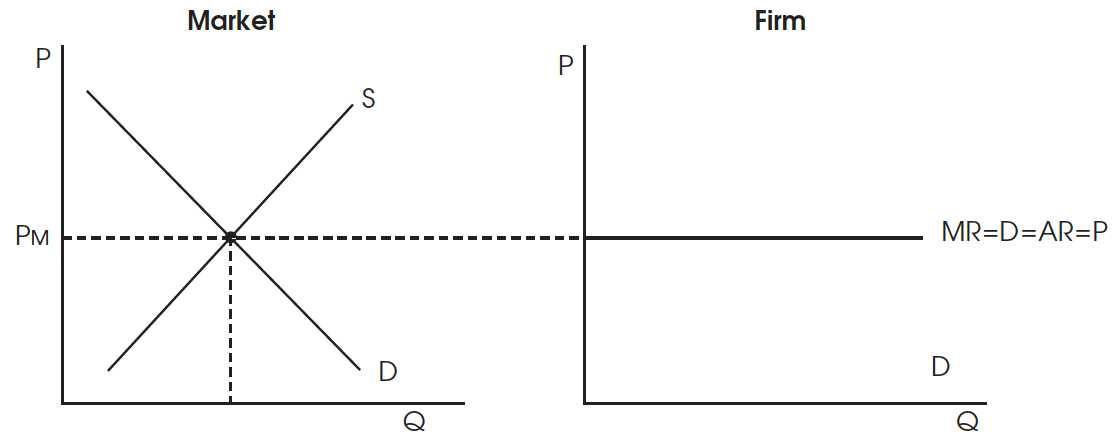
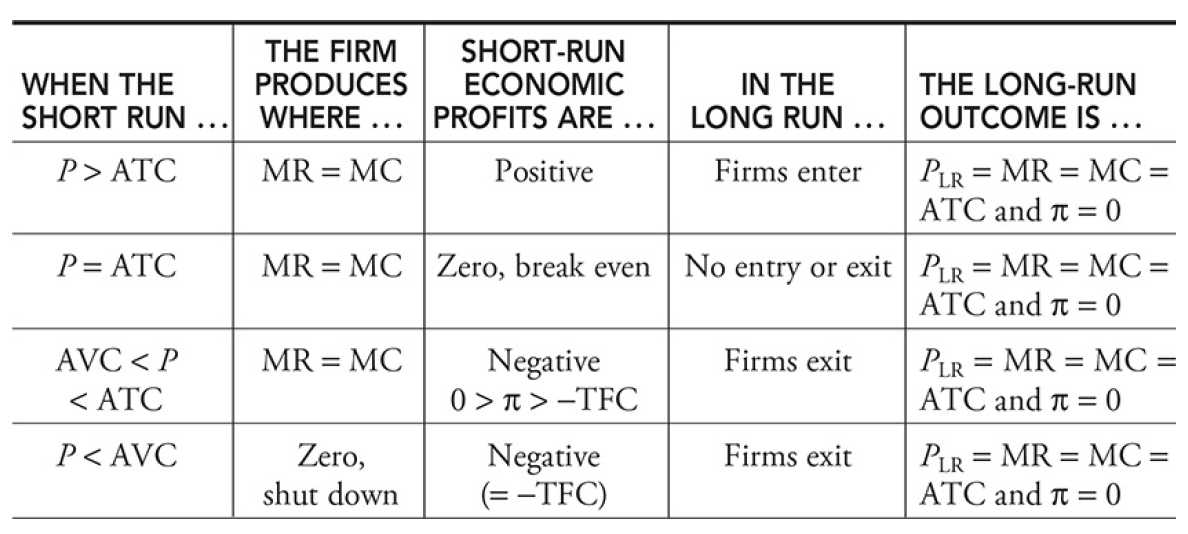
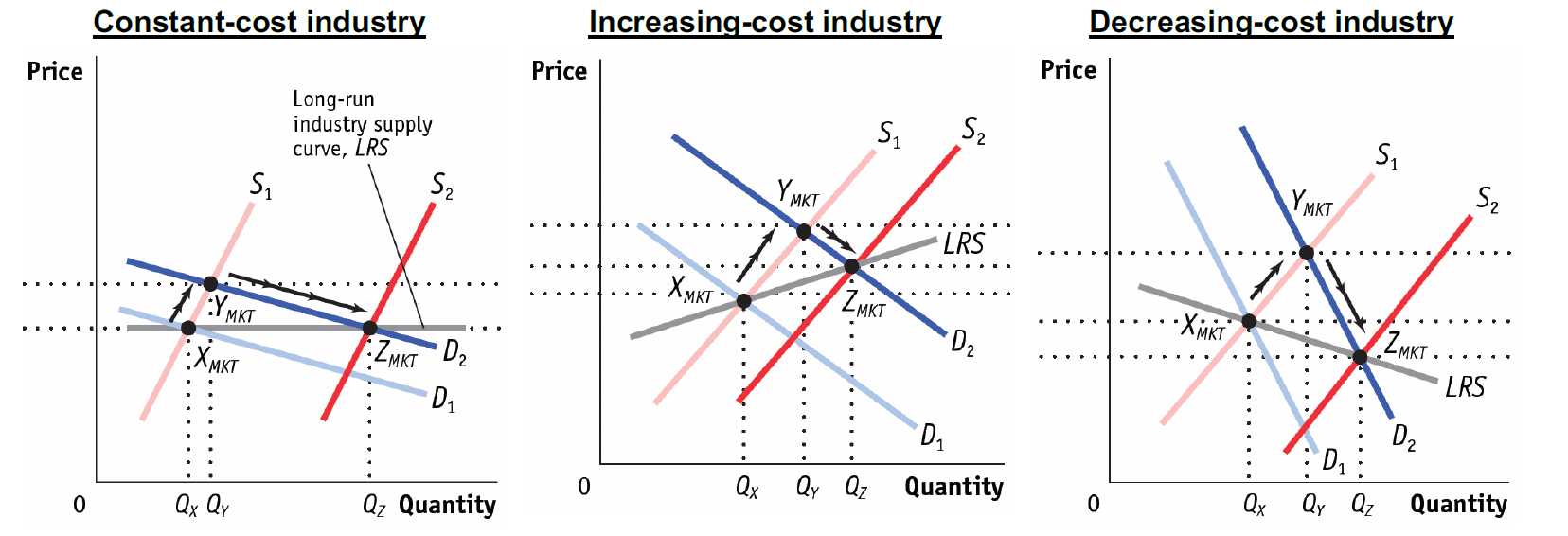

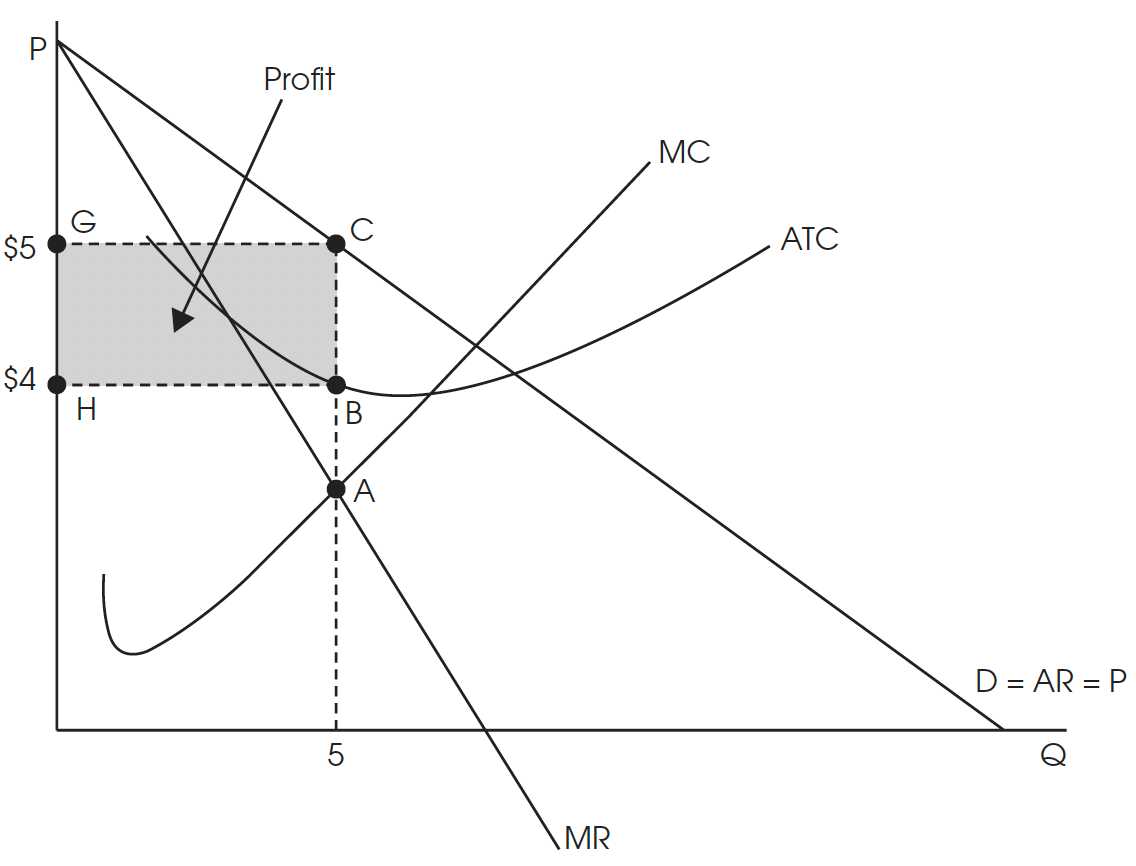
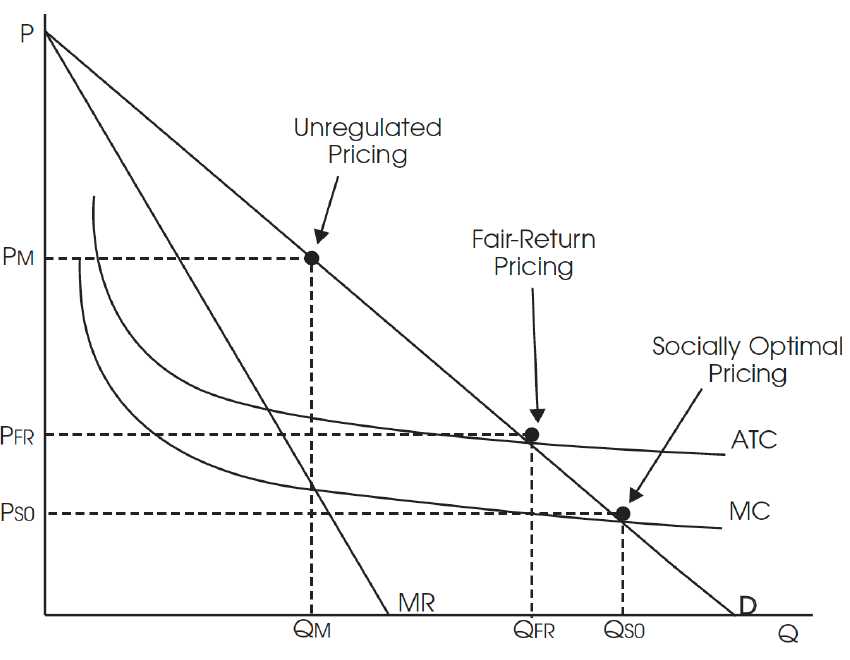




Comments | NOTHING